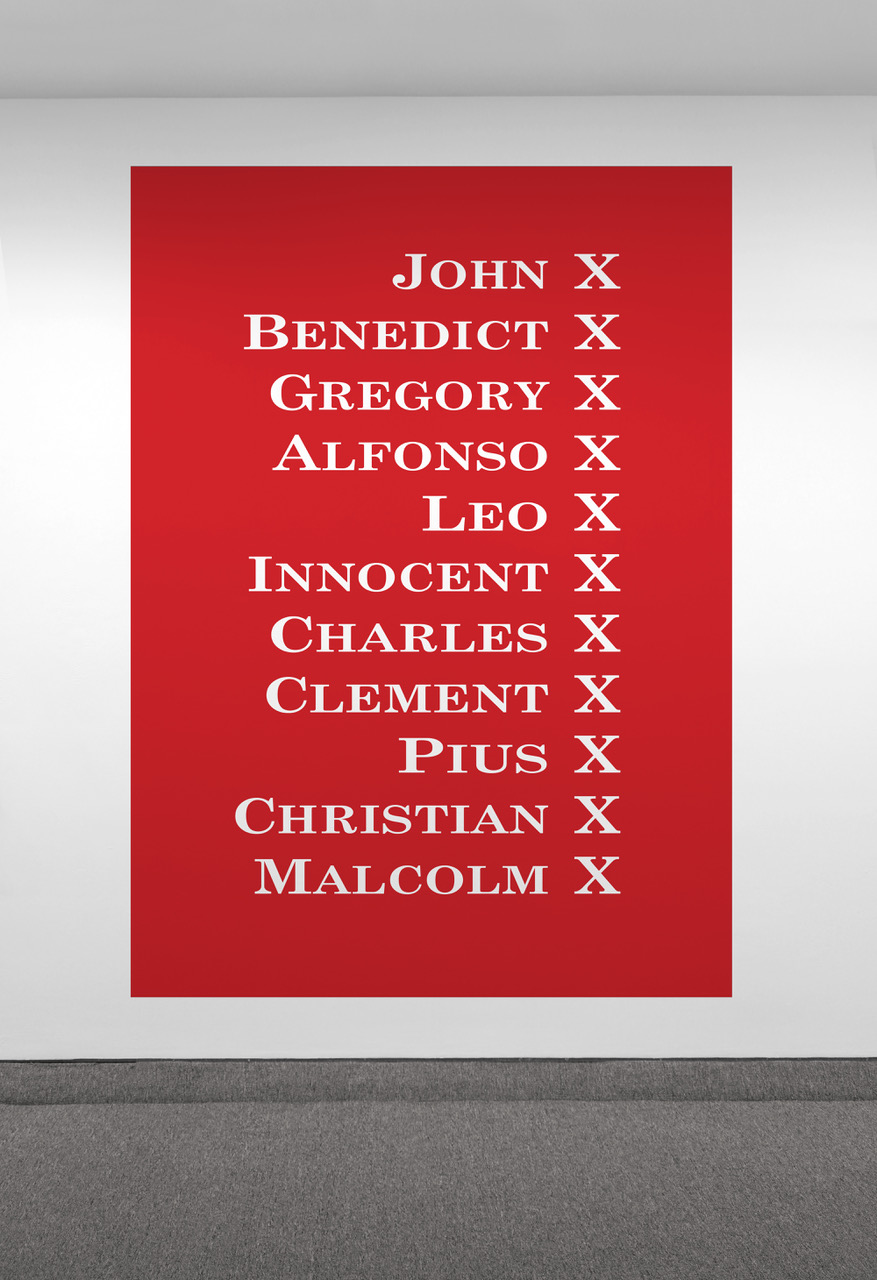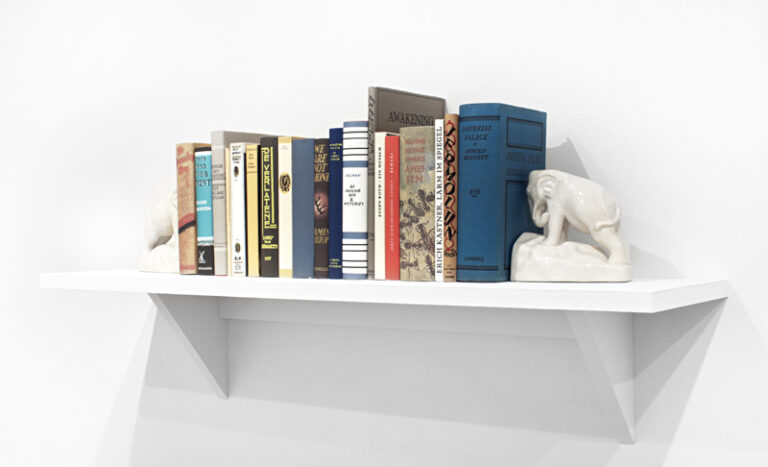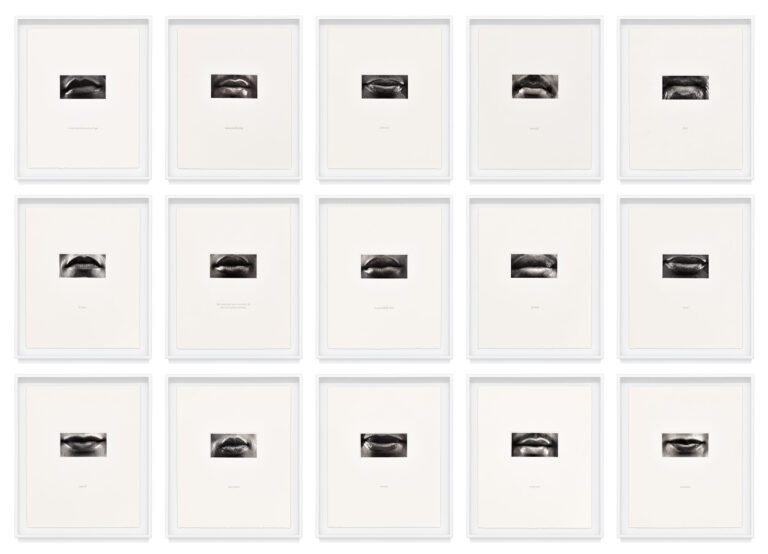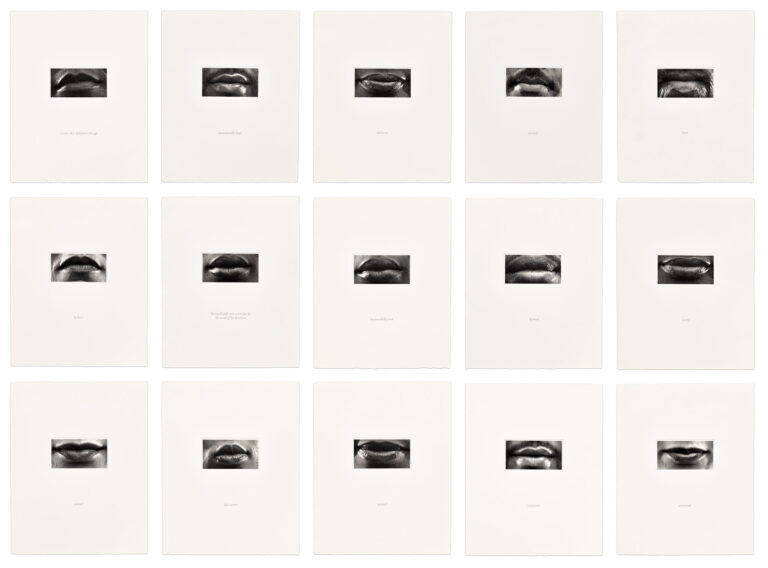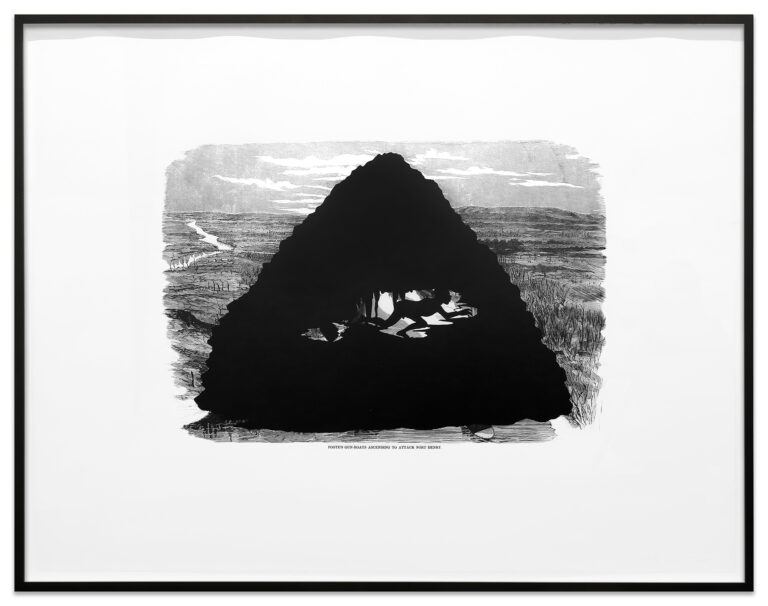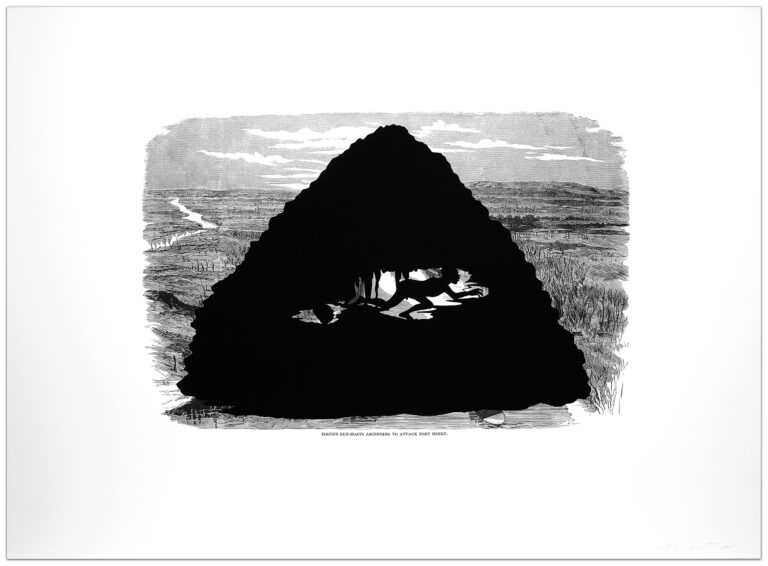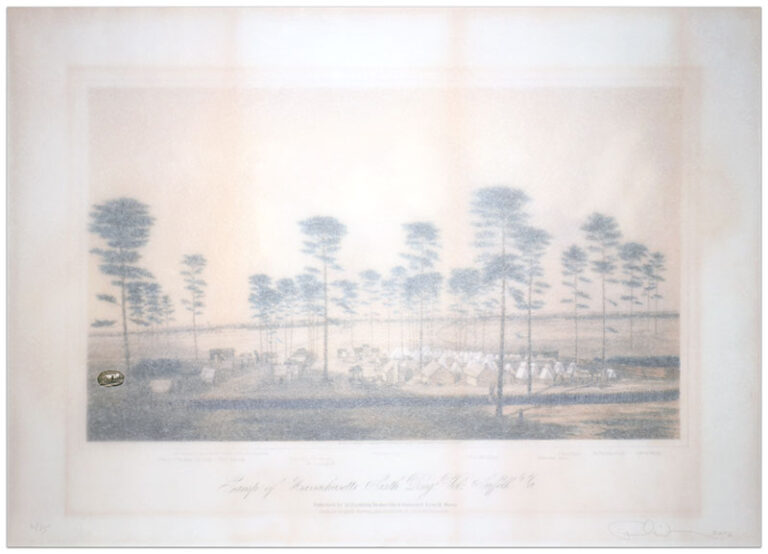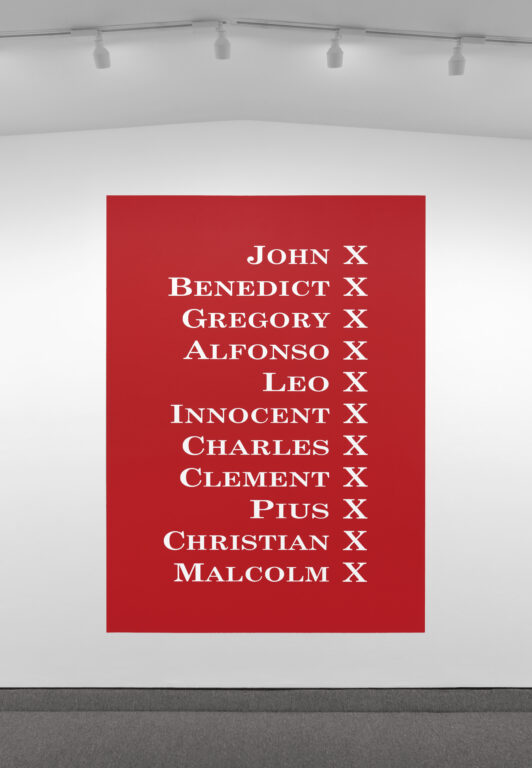Consider listening
2018
Screenprint on translucent film, light box
11 3/4 x 15 3/4 x 4 3/4 inches (30 x 40 x 12 cm)
Edition of 25
Signed and numbered on label on reverse with an accompanied certificate
(Inventory #30032)
Exhibited June 23, 2018 – August 3, 2018
Sam Durant
Consider listening
2018
Screenprint on translucent film, light box
11 3/4 x 15 3/4 x 4 3/4 inches (30 x 40 x 12 cm)
Edition of 25
Signed and numbered on label on reverse with an accompanied certificate
(Inventory #30032)
Exhibited June 23, 2018 – August 3, 2018
